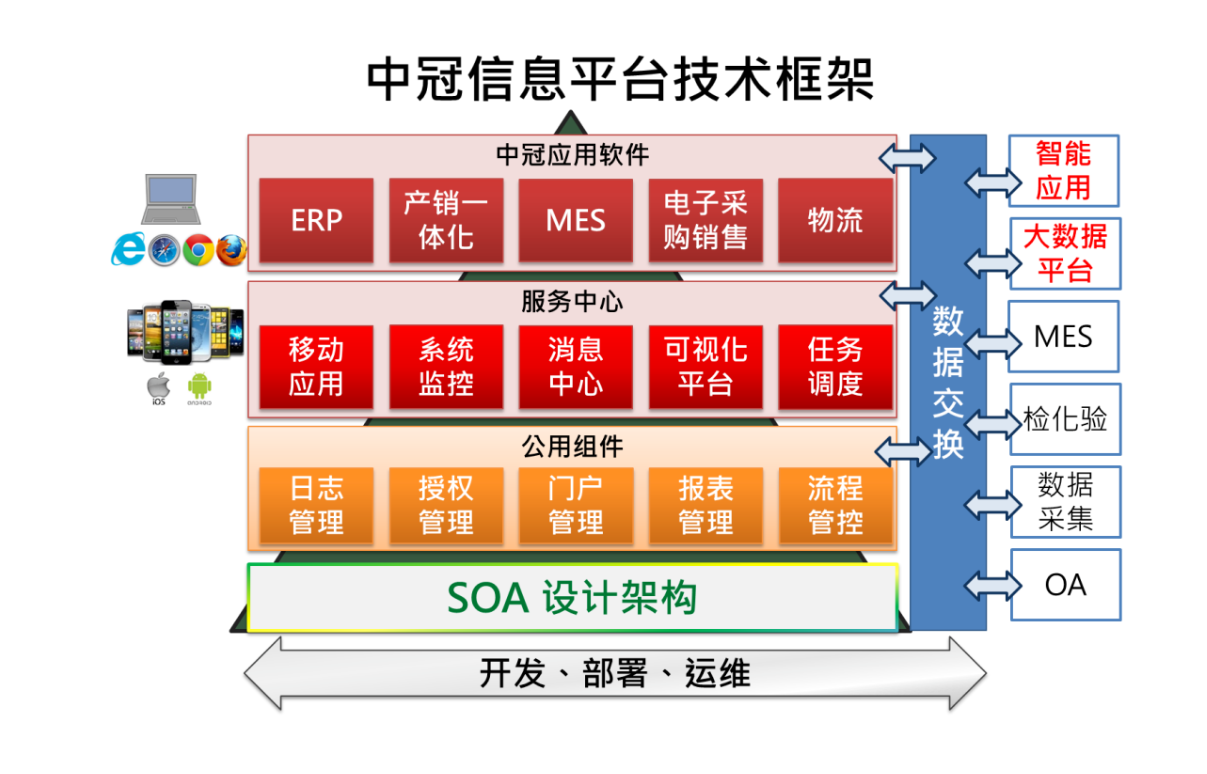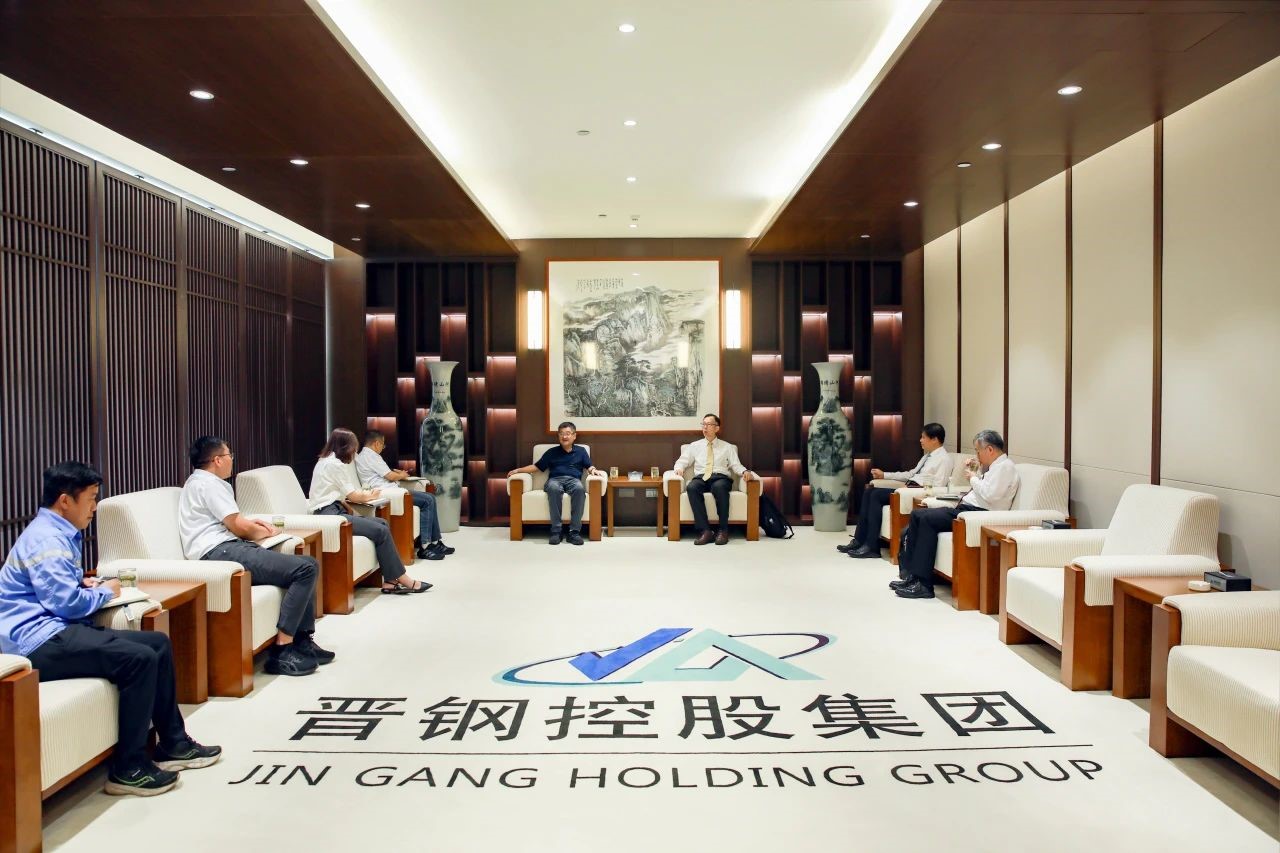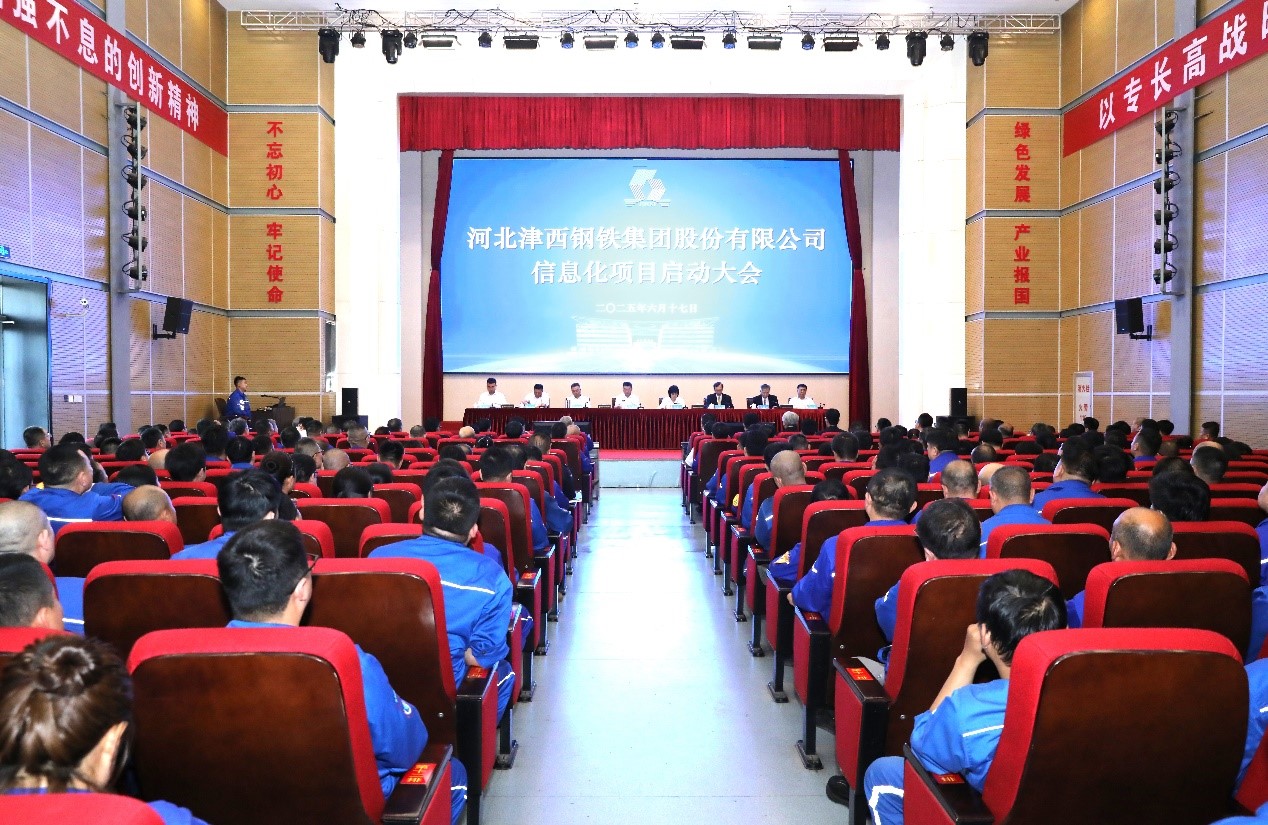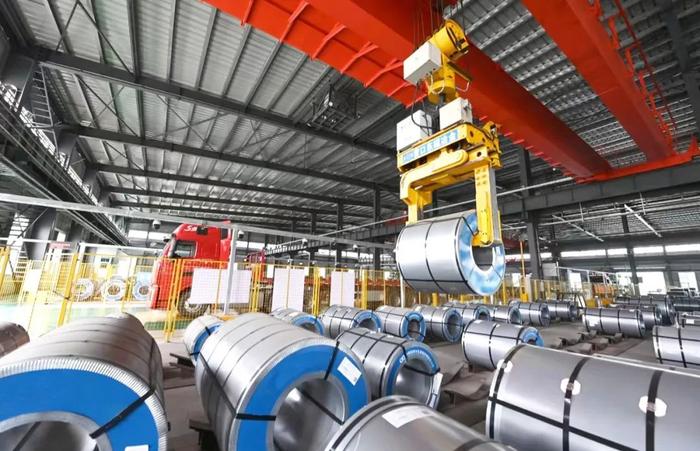The development of information technology has entered the era of intelligent manufacturing. In the future, the competitiveness of enterprises will gradually be reflected by the intelligent application results of various process nodes. However, when enterprises develop intelligent manufacturing, they should pay attention to whether the current overall enterprise information platform has completed the two tasks they should have:
(1)Base: The overall information platform of the enterprise is the bridge between business integration and data communication at all levels of enterprise ERP (level 4), MES (level 3), process machine (level 2), logistics, etc., and is also the basis of the quality and scale of big data.
(2)develop: The overall information platform of an enterprise must have an advanced platform framework and provide service modules shared with the intelligent application platform to reduce future investment in intelligent applications and improve the efficiency of intelligent manufacturing systems.
Before enterprises promote intelligent manufacturing, they should have a global plan for data governance to support the upgrading and transformation of business and informatization. However, enterprises are often embarrassed by the framework of the existing overall information platform, which makes the system functions and data governance unable to achieve their due benefits. If the functional module is transformed without considerable labor costs, it will cause trouble for the long-term development in the future. Common conditions are:
1, Due to the different frameworks and languages used by various information platforms, IT personnel have a large amount of learning costs and operation and maintenance costs, which in turn limits the integration and advanced development of systems at all levels.
2, Due to the uneven quality of data exchange mechanisms on various information platforms, data from business processes, manufacturing processes, equipment status, etc. are scattered in various systems at all levels, making it difficult to establish data correlation between each other. Although each has a large amount of data, it can only be used alone, and there are even data correspondence conflicts, and it is impossible to build the data foundation required for intelligent manufacturing.
3, Due to the backward technology or weak functions of the information platform framework, each system develops visualization, mobile and intelligent manufacturing platforms on its own, resulting in duplication of functional modules, scattered data, and complex technologies, affecting the scale, depth and time of development of intelligent applications.
In addition to supporting the stable operation of information systems, a well-structured enterprise overall information platform can also develop in coordination with the intelligent manufacturing platform to realize the strategy of enterprise digital management and intelligent transformation. A good information platform framework is shown in the figure and should have the following characteristics:
Compatible with multi-terminal and embracing the future SOA architecture:Service-oriented architecture (SOA) is based on the service operation perspective, forming a three-layer advanced platform standard architecture such as data access layer, business service layer, and presentation layer. It has a modular support mechanism for the operation of different terminal devices and software, greatly simplifying software development and operation and maintenance costs.
Service mechanism that supports the sharing of various heterogeneous systems: Provide cross-platform task scheduling, monitoring, message and data exchange mechanisms to establish a common service center for each platform. In addition, it also provides services required for mobile applications, visualization, and artificial intelligence operations, and sharing services have become an important means of cross-platform integration.
Common technology that supports web pages and mobile applications: In the presentation layer of SOA, HTML5 and JSON are used to enable mobile applications and web application software to utilize the same set of data tables and business logic, and only needs to compile terminal pages that are suitable for different operating habits of web pages and mobile phones, greatly reducing the software development load.
Data exchange centers connected to any platform: Provides data exchange server (Server) and heterogeneous platform client (Client) mechanisms with high availability and load balancing capabilities, supporting different transmission methods, reception methods, data formats, and data exchange protocols to support enterprise business integration and become an important tool for improving data quality and maintaining data relationships.
A management mechanism that realizes integrated development, deployment, operation and maintenance:Provide a version control mechanism combining software development, testing, and deployment processes, as well as a monitoring mechanism for operating conditions to ensure orderly development and efficient operation of software。

 上一篇
上一篇
 下一篇
下一篇


 2021-12-22
2021-12-22 Collaboration News
Collaboration News



